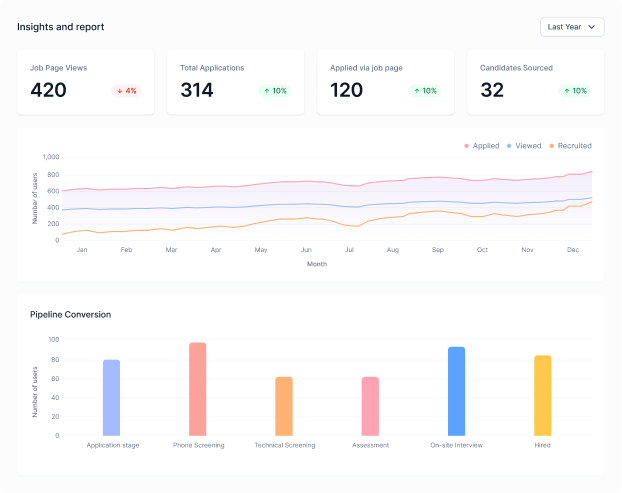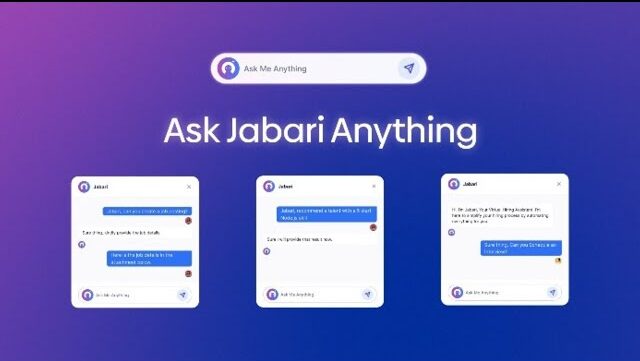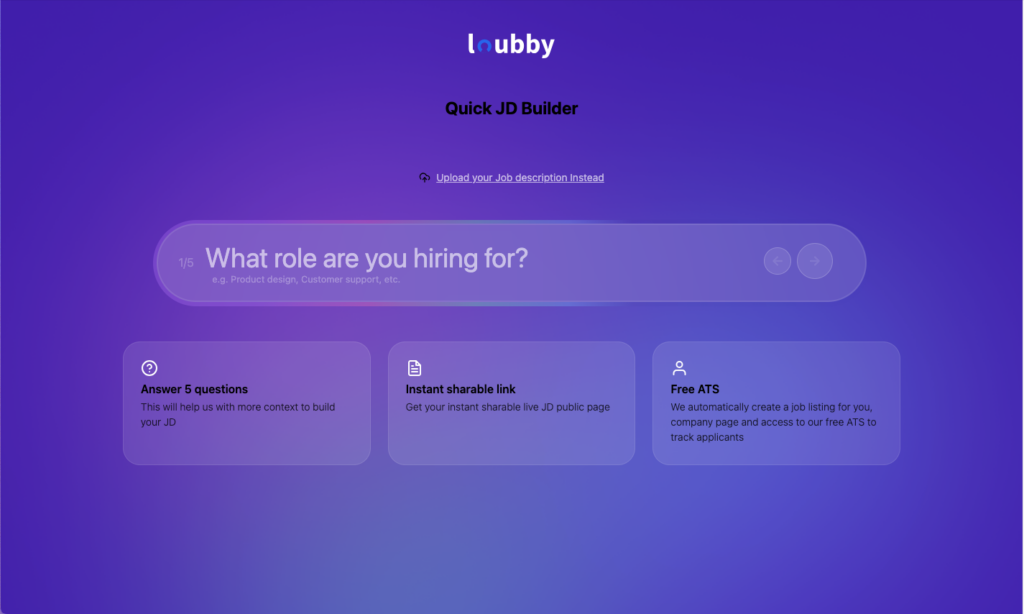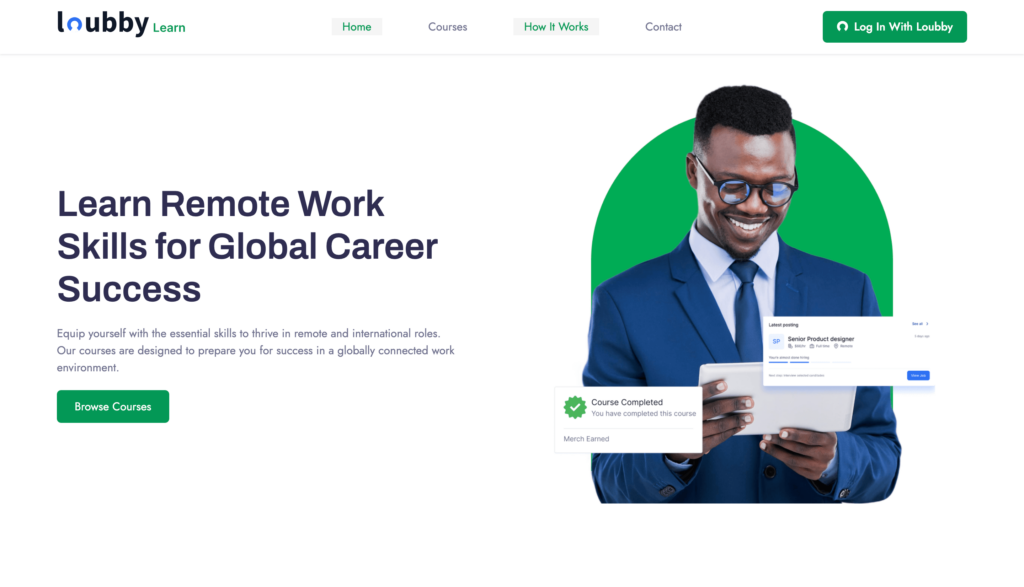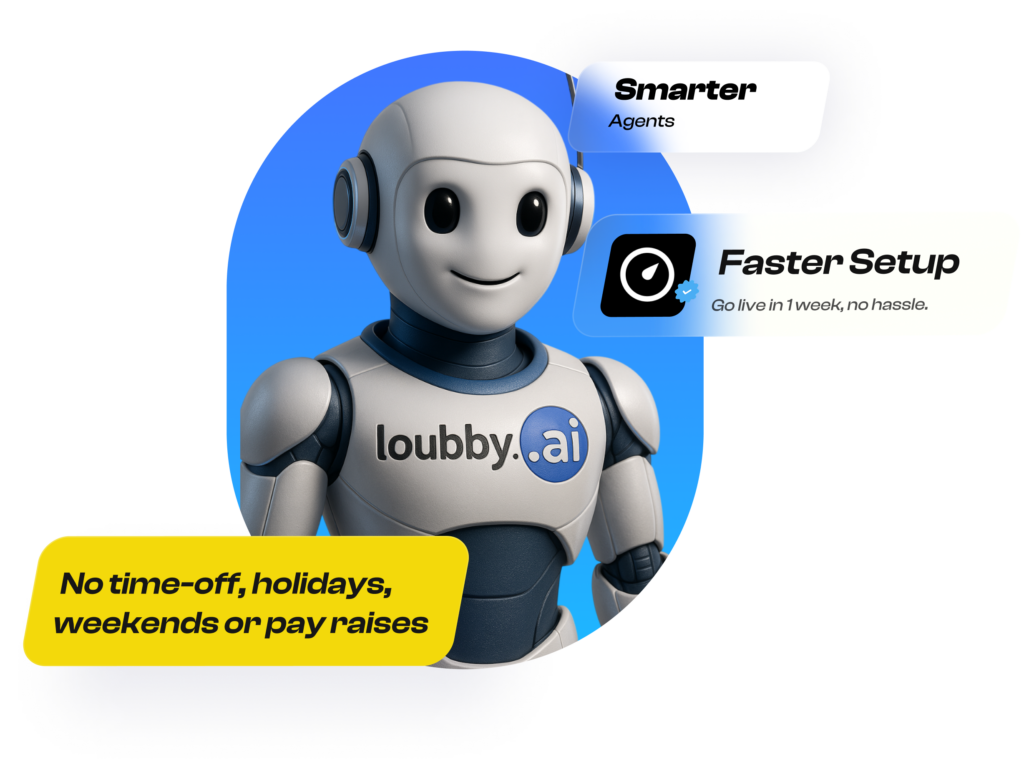Did you know that remote teams that have a positive employee experience are more likely to stay with their employers? Especially as more companies rely on remote work to reach talent beyond borders. Yet, many organizations still struggle with inconsistent onboarding, delayed payroll, and weak employee management that leave employees feeling disconnected and frustrated. These challenges can result in good people leaving the company.
If you run a remote team, you might have seen how difficult it is to create a smooth, engaging experience that keeps employees focused and happy. Without clear processes, employees can feel lost or ignored. Payroll issues and slow payments also add to this, and poor communication causes misunderstandings or slows down work. These issues affect both employee retention and the overall employee experience, making it challenging to grow your business.
This article will share clear, practical steps to improve the remote employee experience. You will learn how to create better onboarding, streamline payroll, build strong communication, and support employee growth.
Design a Consistent Onboarding Experience
Creating a consistent onboarding experience is a key step in keeping remote employees engaged and ready to contribute. Many companies miss the mark here because of gaps like missing equipment, unclear compliance requirements, and piles of paperwork that confuse new hires. When remote workers do not get what they need on time, it slows down their ability to settle in and perform well.
To fix this, a clear onboarding checklist helps to track everything from contract signing to equipment delivery. Assigning a buddy or mentor to guide the newcomer builds a sense of belonging and makes it easier to ask questions. Setting clear timelines for each step keeps the process smooth and shows respect for the employee’s time. These small actions prevent frustration and build trust from day one.
Loubby AI supports this process by using automated onboarding workflows. Tasks like digital paperwork, compliance automation, and orientation scheduling happen without extra effort from HR. You can set tailored workflows that match each role’s needs, making sure everyone knows their responsibilities from the start. This helps new hires join the team faster and feel part of the company right away.
Build Effective Asynchronous Communication
Working with a remote team spread across different time zones brings many benefits, but it also creates challenges in communication. When everyone is not online at the same time, messages can be delayed, and urgent questions may go unanswered. This slows down work. Asynchronous communication allows team members to share updates and ideas without needing instant replies. This helps people focus on their tasks without constant interruptions.
To make this work well, set clear communication channels. For example, use one platform for daily updates, another for important announcements, and a separate tool for project discussions. This keeps conversations organized and easy to follow. Also, agree on overlap hours, and specific times when the whole team is available online. This helps handle urgent matters that need quick feedback.
Loubby AI’s time-tracking feature supports asynchronous work by helping managers see when employees are working and how much time they spend on tasks. This visibility builds trust and makes scheduling overlap hours easier. It also helps employees balance work and breaks better, which improves productivity.
Streamline Global Payroll and Rewards
Managing payroll for a remote team across different countries can sometimes be challenging. Delays in salary payments, handling multiple currencies, and unclear payslips can occur. When workers do not receive their pay on time or struggle to understand their compensation, it erodes trust and motivation. Also, offering perks and rewards becomes tricky when there is no clear system in place.
To solve these issues, companies should adopt flexible payment options that allow employees to get paid in their preferred currency and through convenient methods. Payslips must be clear and easy to understand so workers know exactly what they are earning and any deductions involved. Adding perks like bonuses, health benefits, or performance rewards can boost morale and encourage loyalty.
Loubby AI’s automated multi-currency payroll system takes away the stress of managing payments across borders. It calculates taxes and deductions automatically while sending salaries on time. The platform also handles benefits and rewards, making sure employees feel valued no matter where they are based. This transparency and reliability help build confidence in the company and keep your global team motivated.
When payroll and rewards work smoothly, remote workers will concentrate on their jobs and feel appreciated for their efforts. This strengthens retention and improves the overall experience of an employee.
Prioritize Well-Being and Work-Life Boundaries
Remote work has brought some form of flexibility, but it has also blurred the lines between office hours and personal time. Many workers find themselves still working long after the day should have ended. This “always-on” culture can drain energy and reduce productivity. Companies must act to protect their employees’ well-being and create clear work-life boundaries.
One way to do this is by offering flexible schedules. When people control their working hours, they can balance family, chores, and rest better. This flexibility helps reduce stress and keeps motivation high. Another important step is mandating offline time. Setting clear expectations about when workers should disconnect stops burnout before it starts. It encourages people to recharge and come back refreshed.
Regular mental health check-ins can also make a big difference. These check-ins show employees that their feelings and struggles matter. When managers ask how their team is coping and listen closely, it builds trust and creates a supportive work environment. Remote employees often feel isolated, so this personal connection can improve retention and loyalty.
Making well-being a priority also pays off in productivity and employee retention. When workers feel valued and have room to breathe, they give their best without burning out.
Conclusion
To keep your remote team strong, focus on creating a smooth and consistent experience from day one. This means making onboarding clear and easy, using tools that help your team communicate even across different time zones. Reliable payroll that pays on time, every time, also makes a big difference.
When you apply these steps, you create a workplace where people want to stay and do their best. That’s how you improve employee experience in a remote setting.
If you want to see how this works in practice, book a demo with Loubby AI. It brings hiring, payroll, learning, and communication under one roof, making remote management less of a headache. Booking a demo lets you experience firsthand how these tools fit into your business.
